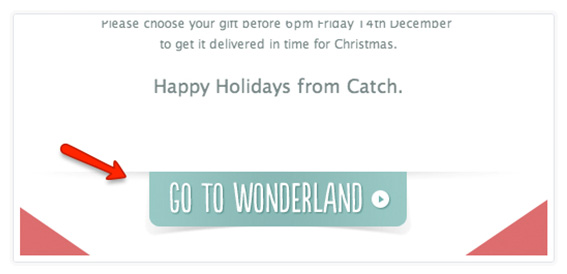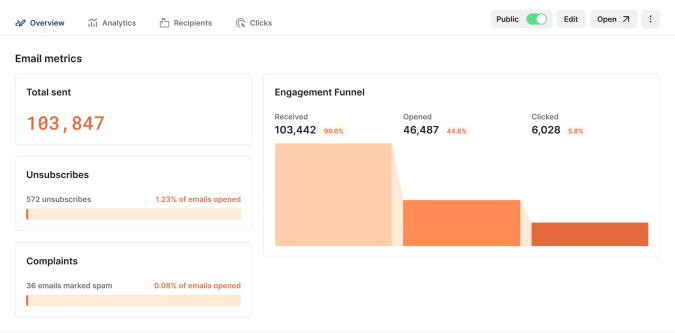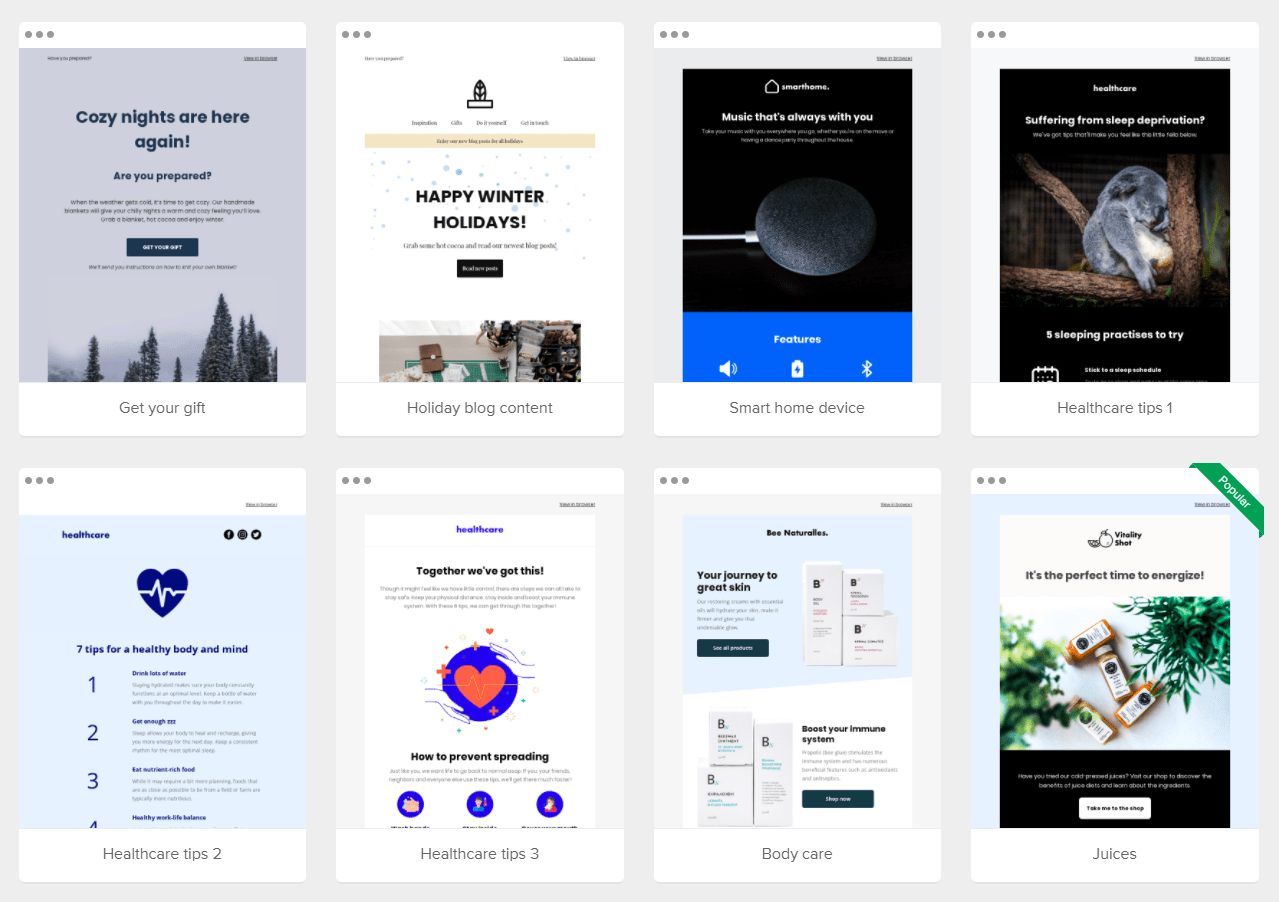Most email marketers are familiar with the drip campaign — a series of triggered marketing emails to potential customers.
Generally speaking, the goal of a drip campaign is to turn a subscriber into a customer.
They are absolutely valuable to your marketing efforts.
But they’re only as good as the emails you write.
How do you create ultra-effective emails? How can your drip campaign move readers with purpose towards becoming customers? How do you write absolutely irresistible drip campaigns?
Let me share with you the advice that has helped me. I’ve seen these techniques reproduced in dozens of other effective drip sequences.
I have no doubt that they will work for you.
Understand How Drip Campaigns Fit Into Your Overall Marketing Campaign
I’m only providing advice on one component of your drip campaign — the writing.
The way you set up the drip campaign depends on your email marketing service. I’m not getting into the technicalities in this article. Why? Because setting it all up depends on the service you use.
The point that I want to make here is that you need to understand how your email drip campaign fits into your marketing efforts.
Basically, you need to get clear on this: Have a goal, and focus on moving recipients towards that goal.
Don’t let the complexity of drip campaigns throw you off. Sure, there may be triggered actions, varying sequence rates, autoresponder snafus, and whatever. But regardless of the technical differences, focus on your goal.
There are different types of drip campaigns. Your goal needs to be relevant to the type of drip campaign that you’re using.
Each drip campaign should move to an eventual conclusion. This doesn’t mean that you stop marketing to the prospect. Instead, it means that you move them to a final action point, which is presumably your goal.
So, how exactly do you write these emails?
Write Them All In One Session
Your drip campaign needs to have a unified feel to it.
Even though your prospect is going to read the emails several days or weeks apart, try to create them all in one session.
Why? Because it will be easier for you to remember how the sequence flows, what you wrote in the last email, what’s coming up in the next email, etc.
Additionally, make sure you’ve diagrammed your drip campaign.
These things can get pretty complicated, so sit down with a nice diagram and then start writing.
Don’t Skimp On Quality
If you can’t write, don’t want to write, or don’t think you have the time to write a drip campaign, please outsource it.
Your campaign is an incredibly important part of your marketing process. You don’t want low-quality work.
Be willing to invest considerable resources into hire a professional who can do the job for you.
Use Short Lines
I’ve found that shorter lines, shorter words, and shorter emails work better for these email campaigns.
Why? It all comes down to attention span.
If your email is one of the 81 emails that the prospect has opened that day, they want the information quickly. What do they need to know? What do they need to do?
Shorter lines allow them to get that information as rapidly as possible.
Stephen Esketzis is the king of short lines. His marketing emails often have one, two, or three words on a single line.
It may seem disjointed, but in reality, this helps users move through the email quickly. They feel like it’s moving along and they are making progress. Plus, they are being pulled into the information.
It’s smart, and it works.
Short Emails Work Best
Most of the time, you want to write short emails.
Normally, I produce massive blog articles. These longform articles work best for me and my readers.
But my emails? Different story.
I usually pull a few short paragraphs from the blog post, and that’s it.
Don’t be afraid of long emails, though. It simply depends on your users.
Ramit Sethi writes super long emails.
Some of these emails clock in at 1k+ words.
I wouldn’t read an email from my best friend if it was 1k words. But Ramit is different. This guy knows how to write emails.
General rule of thumb:
- New users want short emails.
- Longtime subscribers don’t mind long emails.
The longer your subscribers have been receiving your emails, the longer your emails can be.
Add A P.S. Or Two To Each Email
Have you ever seen drip emails with a P.S.? Of course you have. Tons of drip campaigns use it.
What is the P.S.? It stands for postscript. Back in the day, when they didn’t have Gmail and Infusionsoft, people had to actually write their emails by hand. And they weren’t even emails!
If you wrote a letter with ink and paper, you couldn’t go up to paragraph three, press “return” a few times and add a new thought or two. So you would pop it in at the end, as long as you had some paper left.
It’s an old-fashioned hangover from the horse-and-buggy days.
And you see it all the time.
So, why are sophisticated marketers using P.S. and P.P.S in their emails?
Why does this work?
It’s called the “serial position effect,” specifically, the recency effect.
What does this mean?
Your mind can’t remember everything in the email you just read. But if there’s a P.S. at the end, then you might remember that. It’s the last thing that you read, so it’s more likely to stick.
Here’s how most minds work. We tend to remember the stuff at the beginning and the stuff at the end.
Source
The stuff in the middle? Not so much.
Therefore, if you drop a P.S. or two at the end of your email, readers are more likely to remember it.
Check out this email, with three P.Ss.
You can add as many P.Ss as you want. Technically, you’re supposed to add another “P” with each extra P.S., like this:
- P.S.
- P.P.S.
- P.P.P.S.
- P.P.P.P.S.
- Etc.
I usually stick with just one.
Focus on creating a Personal Tone
You might be selling the most unsexy and impersonal product in the world. But you still need to have a personal tone.
Remember, people are reading your emails. These people have souls, emotions, a bagel for breakfast, and a 3-year old kid at home. Real folks.
So, write them an email. To them. From you. Personally.
Again, the exact tone depends on your audience. Here’s how Amy Porterfield wrote her drip sequence email. It’s just an excerpt, and I’ve highlighted the personal-feeling sections:
Add Suspense
Here’s one killer tip that I’ve used with amazing success.
Create some suspense.
How does this work?
In each email, tell the recipient that something good is coming. Or, tell them that they will receive something special. Whatever it is, promise some good things in the future.
An email sequence can turn into something boring. If you’re not keeping readers engaged, then they might unsubscribe.
Keep the momentum going with promises of what’s to come. Here’s another example from Stephen Esketzis:
Stephen withholds some information and promises some future information, which compels me, the recipient, to stay subscribed. When I see his email the next day, I’ll be more likely to read it.
Include A Call To Action
Here’s one of the most important ingredients in an effective drip campaign email.
Every email you send in your drip campaign should have at least two things:
- Valuable information, or
- Call to action
The call to action, or CTA, is what you want the recipient to do as a result of reading your email.
Here’s an example of Olark’s CTA.
This is an example from Catch.
This example from Unbounce demonstrates a CTA on a mobile device.
Personalize, But Don’t Over Personalize
Personalization is when you create emails that are unique and specific to the particular recipient.
The most common form of personalization is using the recipient’s name.
Most of the time, personalization works to improve open rate and clickthroughs.
Source
But there’s also a line you can cross.
If you keep using the person’s name, or use it at weird spots in the email, it just feels awkward.
Sometimes, people put false names on their opt-in forms, so they might be seeing this in their “personalized” email:
“Dear apwiguh apwhuefawe”
I borrowed this email screenshot from someone. It’s an example of awkward personalization:
Just write your email in the same way you’d talk to the person in real life. Don’t overuse their name. Once at the beginning is fine.
Conclusion
There’s no one-size-fits-all for email drip campaigns. Every marketing strategy is different, and every business has different goals.
The most important point is this — have a drip campaign. They are invaluable! Second, know what you’re doing with your drip campaign.
You’ve got your goal.
Once you’ve got the right strategy in place, you can make your campaign even better with these irresistible tips.
What other tips would you suggest to improve your drip campaign emails?






















